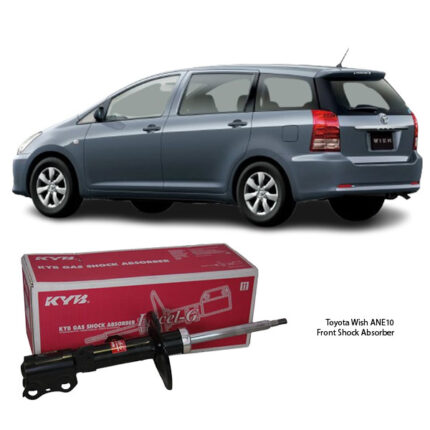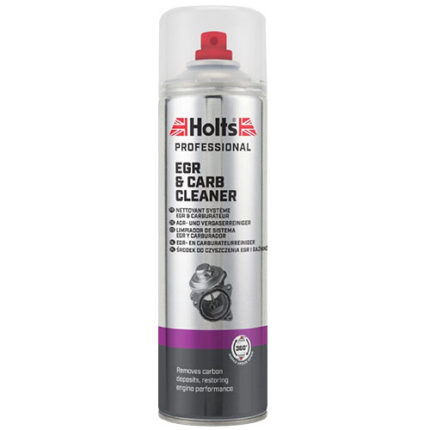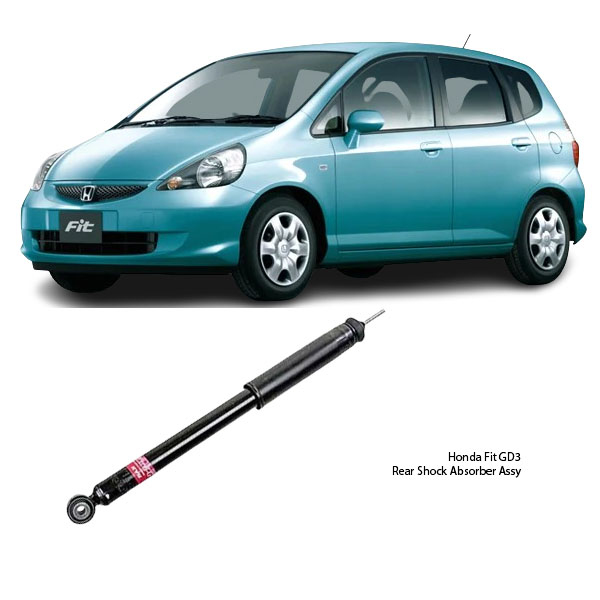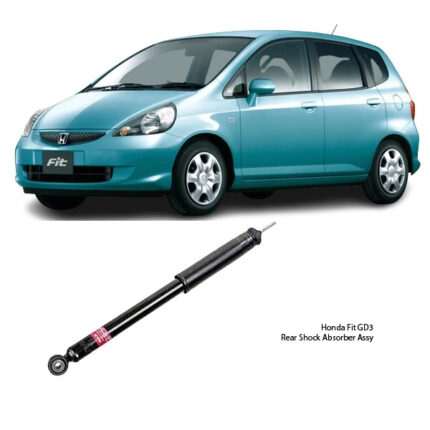Get Honda Fit GD3 Rear Shock Absorber Assy 343381 in Kenya
A Rear Shock Absorber Assembly is a vital suspension component that controls the movement of the rear wheels and ensures a smooth, stable ride. Positioned between the vehicle’s chassis and the rear axle or suspension arms, this component helps absorb and dampen shocks from road surfaces — everything from potholes and bumps to uneven terrain.
Unlike coil springs, which primarily support vehicle weight, shock absorbers are focused on controlling motion — they dampen the bounce and prevent the vehicle from continuing to oscillate after hitting bumps. In many vehicles, the rear shock absorber assembly also comes pre-assembled with the upper mount and dust boot, saving time during installation.
Key Functions of the Rear Shock Absorber Assy
Dampens Road Vibrations
Controls Suspension Movement
Prevents Excessive Bouncing
Enhances Road Grip
Improves Braking Stability
Supports Vehicle Handling
In simple terms, without a working rear shock absorber, your car would bounce uncontrollably after every bump — leading to poor handling, longer braking distances, and reduced ride comfort.
Components of a Rear Shock Absorber Assy
A complete Rear Shock Absorber Assembly includes:
Shock Absorber – The main hydraulic or gas-filled damper.
Mounting Bushes – To securely attach the shock to the body and suspension arms.
Dust Cover/Boot – Protects the piston rod from dirt and moisture.
Top Mount – Connects the upper part of the shock to the vehicle’s chassis.
Bump Stop – Absorbs excess compression during hard impacts.
This complete assembly makes replacement faster and ensures everything fits correctly, without reusing old mounts or hardware.
How It Works
When your vehicle hits a bump, the rear wheels move upward.
The coil springs compress to absorb the impact.
The shock absorber resists this movement, converting kinetic energy into heat.
As the wheel settles, the shock absorber controls rebound, preventing the wheel from bouncing excessively.
This process repeats hundreds of times per minute when driving.
This damping action is what keeps your ride smooth and stable, even on rough roads.
Types of Rear Shock Absorbers
There are a few common designs used in rear shock assemblies:
Twin-Tube Shocks – Found in most passenger vehicles, affordable and reliable.
Monotube Shocks – Higher performance, used in sporty or off-road vehicles.
Gas-Charged Shocks – Filled with nitrogen gas to reduce foaming in hydraulic oil, providing consistent damping.
Coilover Shocks – Combine spring and shock into one unit (used in performance applications).
Benefits of a Healthy Rear Shock Absorber
Comfortable Ride – Reduces jarring impacts from bumps.
Stability in Corners – Keeps rear wheels planted for grip.
Reduced Braking Distance – Prevents weight from shifting excessively.
Better Handling – Controls body roll during turns.
Extended Tyre Life – Ensures tyres maintain even contact with the road.
Symptoms of a Failing Rear Shock Absorber
If your rear shocks are worn out, you’ll notice:
Excessive Bouncing – Car continues to bounce after bumps.
Nose Dives During Braking – Rear lifts up, front dips down hard.
Unstable Handling – Rear feels loose in turns.
Uneven Tyre Wear – Due to irregular suspension motion.
Clunking or Knocking Noises – From loose internal parts.
Leaking Fluid – Visible oil leaks from the shock body.
If any of these signs appear, it’s time to replace the rear shock absorber assembly.
Causes of Rear Shock Absorber Wear
Several factors contribute to shock absorber wear:
Rough Roads – Potholes and off-road use accelerate wear.
Overloading – Excess weight stresses the shocks.
Corrosion – Rust weakens mounts and seals.
Age and Mileage – Hydraulic oil degrades over time.
Poor Installation – Incorrect torque or alignment causes premature failure.
For vehicles used on poor roads or in load-carrying applications (like vans or SUVs), rear shocks may need replacement every 40,000 – 60,000 km.
Replacement Process
When replacing a rear shock absorber assembly, the process typically includes:
Lifting the Vehicle – Ensuring safe access to rear suspension.
Removing the Old Shock – Disconnecting top and bottom mounts.
Inspecting Surrounding Components – Checking springs, mounts, and bushings.
Installing the New Assy – Bolting everything to spec.
Torque Check – Ensuring all bolts are correctly tightened.
Test Drive – Verifying improved ride quality.
Benefits of Replacing Both Rear Shocks Together
Even if only one rear shock fails, always replace them as a pair. This ensures:
Balanced Damping Left to Right
Symmetrical Handling
Consistent Ride Height
Longer Lifespan for New Shocks
A mismatched pair (new vs worn) leads to uneven suspension performance, making handling unpredictable.
Rear Shock Absorber Maintenance Tips
Avoid Overloading.
Drive Carefully on Rough Roads.
Wash Away Road Salt (in coastal areas).
Inspect Regularly for Leaks.
Replace in Pairs.
Follow us on Facebook for more parts.




